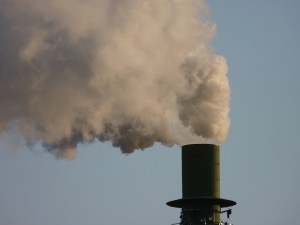
"Totally disappointed."
That was Kathryn Phillips' reaction when she read the fine print in Gov. Jerry Brown's revised budget. Phillips, state director for the Sierra Club, is one of a chorus of voices from the environmental community howling over Brown's decision to divert revenue from the state's cap-and-trade program into the general fund -- temporarily, he says.
Cash rolling in from sales of carbon pollution permits to industry will amount to something on the order of $500 million in this first year of the program.
"And what the governor has decided to do is not use that money to get us closer to where we need to be in our greenhouse gas reduction targets," Phillips said in a phone interview. "And I think that's wrong."
Under state law, cap-and-trade proceeds are supposed to go toward programs that help reduce the state's carbon footprint. And Brown himself has touted the potential uses of those funds in furthering the goals of California's central climate strategy under the 2006 law known as AB32. But the administration now says many of those carbon-cutting programs aren't ready for prime time, and in the meantime the funds can help balance the state budget. According to the governor's staff, the diversion is a "loan" that will be paid back with interest.